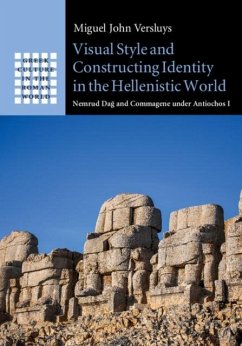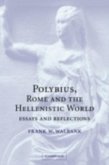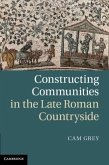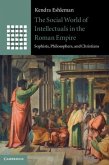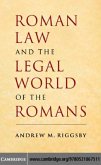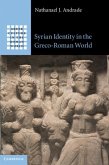Located in the small kingdom of Commagene at the upper Euphrates, the late Hellenistic monument of Nemrud Dag (c.50 BC) has been undeservedly neglected by scholars. Qualified as a Greco-Persian hybrid instigated by a lunatic king, this fascinating project of bricolage has been written out of history. This volume redresses that imbalance, interpreting Nemrud Dag as an attempt at canon building by Antiochos I in order to construct a dynastic ideology and social order, and proving the monument's importance for our understanding of a crucial transitional phase from Hellenistic to Roman. Hellenistic Commagene therefore holds a profound significance for a number of discussions, such as the functioning of the Hellenistic koine and the genesis of Roman 'art', Hellenism and Persianism in antiquity, dynastic propaganda and the power of images, Romanisation in the East, the contextualising of the Augustan cultural revolution, and the role of Greek culture in the Roman world.
Dieser Download kann aus rechtlichen Gründen nur mit Rechnungsadresse in A, B, BG, CY, CZ, D, DK, EW, E, FIN, F, GR, HR, H, IRL, I, LT, L, LR, M, NL, PL, P, R, S, SLO, SK ausgeliefert werden.

